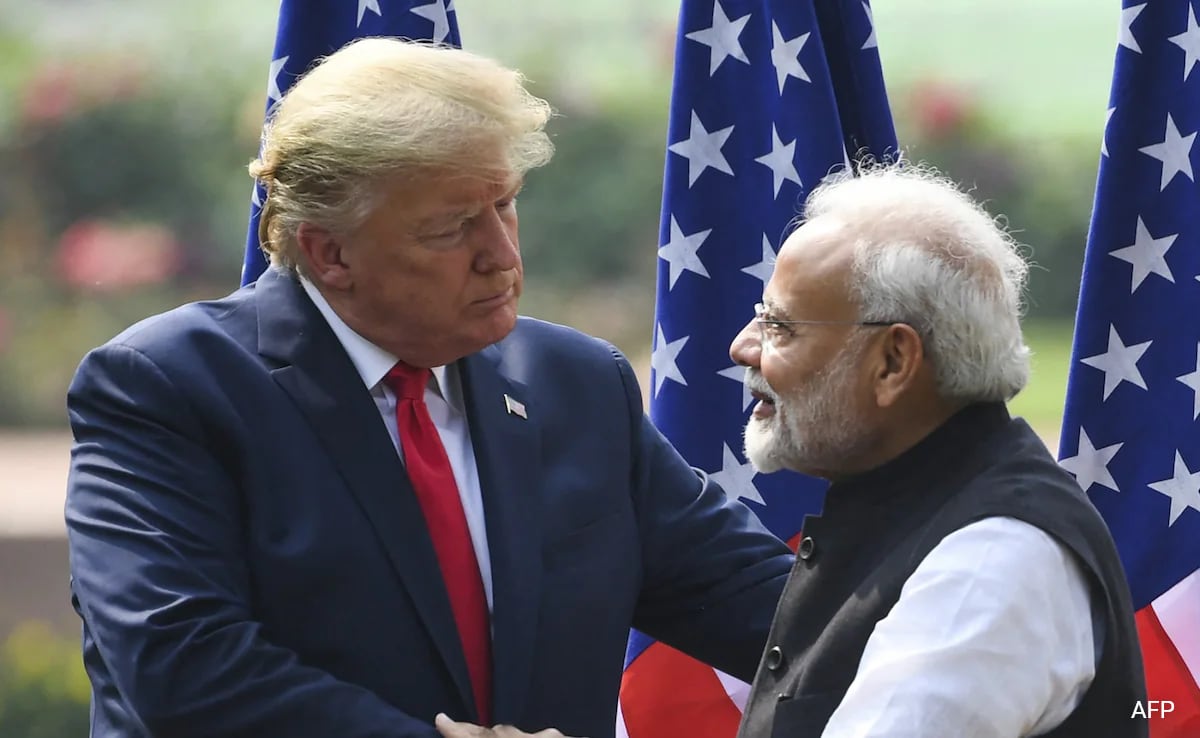The 23-foot tower of naked bodies twisted together, some mid-scream, was created by Danish sculptor Jens Galschiøt and is the last remaining Tiananmen commemoration on Chinese soil. Activists view the universityâs demands for its removal as an egregious example of an official campaign to make Hong Kong more like mainland China, in the process stripping the city of its freedoms and identity. Hong Kong officials have already banned an annual Tiananmen vigil and arrested activists. A museum documenting the crackdown has been shuttered and its online successor blocked in Hong Kong.
Students and residents flocked to the sculpture in recent days ahead of a Wednesday removal deadline, taking close-up pictures of the faces molded out of concrete. Efforts are underway to create 3-D models of the memorial, with permission from the sculptor.
In demanding the artworkâs removal, HKU engaged Mayer Brown, a Chicago-founded global law firm known for its work on police accountability and other civil rights issues in the United States. After the killing of George Floyd last year, Mayer Brownâs then-chairman Paul Theiss wrote in a statement that the firm âstands in solidarity with all those who lawfully seek justice for those who have been denied their civil liberties and human rights.â
More than two dozen nonprofit groups have urged Mayer Brown to stop representing HKU, citing the firmâs stated mission to make a âpositive difference in the lives of others.â
âWe therefore expect Mayer Brown law firm to safeguard their reputation and their integrity in defending the right of freedom of expression by rescinding their agreement with the University of Hong Kong,â the groups said in an open letter.
Samuel Chu, the founder and former managing director of the Hong Kong Democracy Council, added that it was âoutrageous for any U.S. or global corporate or law firm to profit off the oppression of human rights and freedom.â
âMayer Brown joins a list of shame of enablers of atrocities throughout history,â he said.
In an emailed statement, Mayer Brown said it was âasked to provide a specific service on a real estate matter for our long-term client, the University of Hong Kong.â
âOur role as outside counsel is to help our clients understand and comply with current law. Our legal advice is not intended as commentary on current or historical events,â it said.
A spokesperson for HKU said the university is âstill seeking legal advice and working with related parties to handle the matter in a legal and reasonable manner.â
Mayer Brown, in a letter to leaders of the Hong Kong Alliance in Support of the Patriotic Democratic Movements of China, said the sculpture must be removed by 5 p.m. Wednesday or it would be âdeemed abandonedâ and dealt with âat such a time and in such a manner as it thinks fit without further notice.â
The alliance, which was formed during Chinaâs 1989 pro-democracy protests and received the sculpture on permanent loan in 1997, was forced to disband last month and authorities have frozen its assets. Most of its leaders have been arrested and charged in connection with nonviolent protests, including under a new security law that penalizes broadly worded speech crimes.
Richard Tsoi, a former member of the alliance, said the university âas a space of academic and speech freedomâ has a âsocial responsibility and missionâ to preserve the statue.
The HKU spokesperson would not elaborate on when and how the statue would be removed. Galschiøt, the sculptor, has hired a lawyer in Hong Kong to represent him.
âI hope that my ownership of the sculpture will be respected and that I will be able to transport the sculpture out of Hong Kong under orderly conditions and without it having suffered from any damage,â he said, adding that any damage would be âthe responsibility of the university.â
The sculpture was part of a set of commemorations to Tiananmen victims in Hong Kong, which for a quarter of a century stood as testament to the cityâs differences from the Chinese mainland under the âone country, two systemsâ principle, whereby Hong Kong enjoyed a high degree of autonomy to administer its own affairs. Every year until 2019, thousands of residents would attend a peaceful vigil in Victoria Park, and light a candle to honor the lives lost â estimates range from several hundred to 10,000 â in the crackdown.
At HKU, students would clean and scrub the sculpture each June 4. Engraved at the bottom of the artwork are the words, in English and Chinese, âThe old cannot kill the young forever.â
Students and faculty have largely been quiet on the issue. The Hong Kong University Studentsâ Union has not issued any statement as it, too, ceased to operate after the university severed ties with it in July.
Theodora Yu contributed to this report.
.png)











 English (United States) ·
English (United States) ·  Turkish (Turkey) ·
Turkish (Turkey) ·